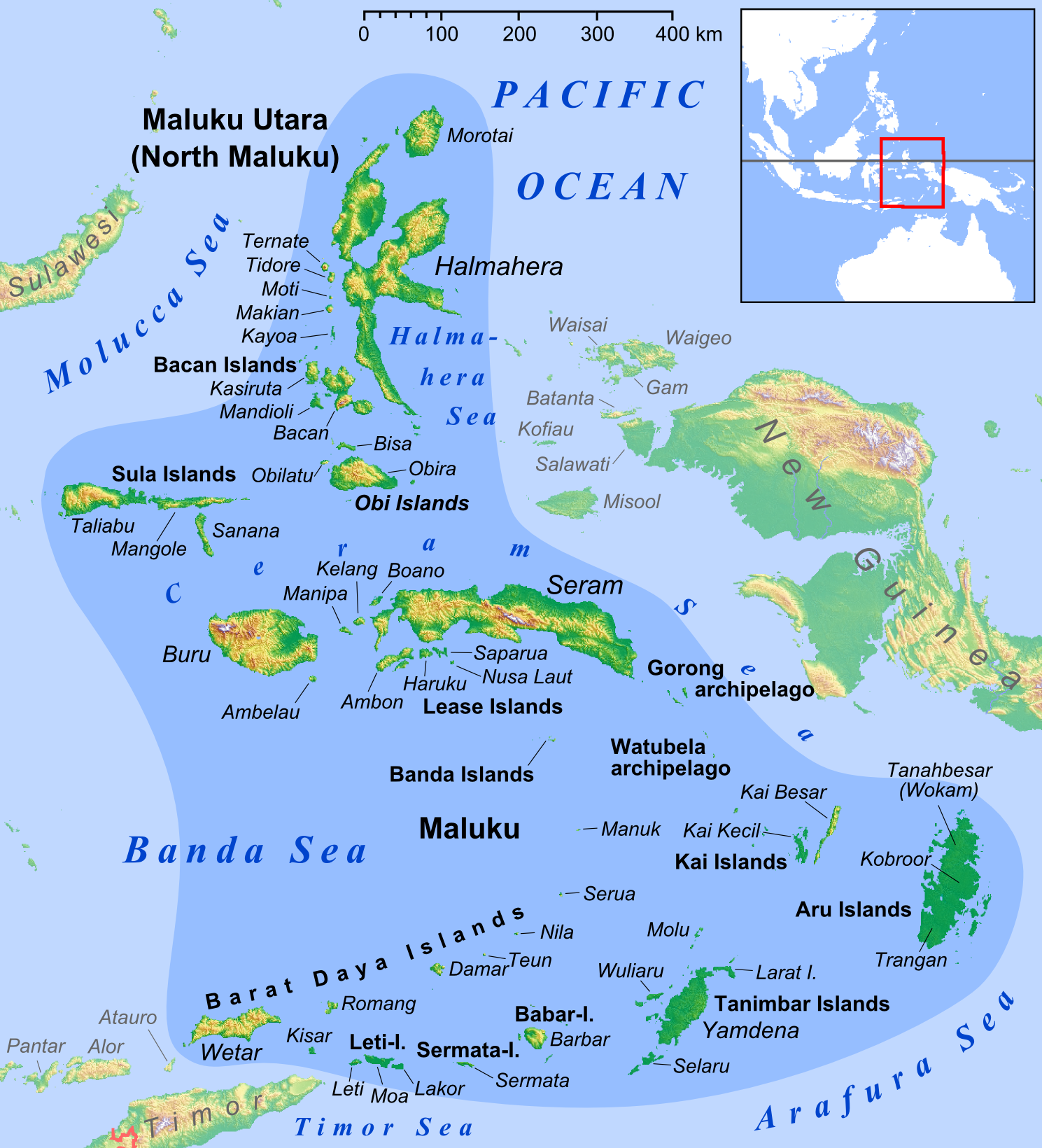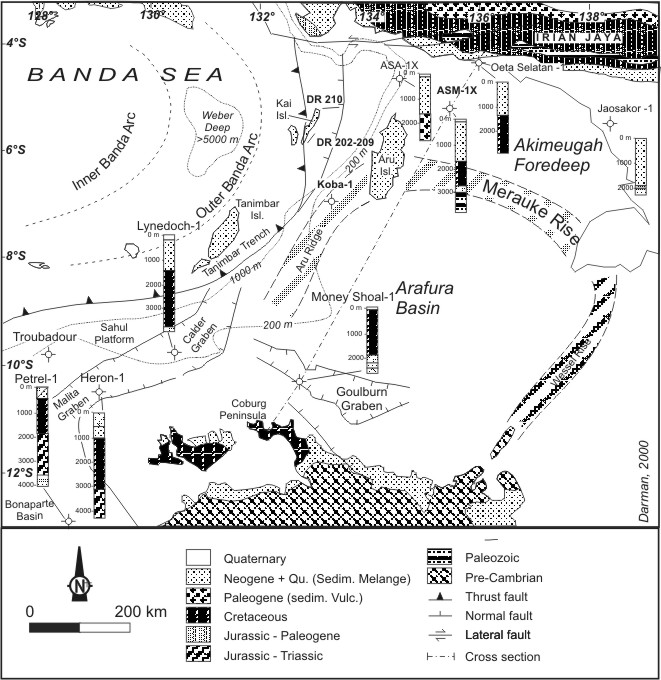|
Pelargoderus Rubropunctatus
''Pelargoderus rubropunctatus'' is a species of beetle belonging to Lamiini tribe of the longhorn beetle family, Cerambycidae, first described in 1831 by Félix Édouard Guérin-Méneville as ''Lamia rubropunctatus''. Description ''Pelargoderus rubropunctatus'' can reach a length of about . Distribution This species can be found in Moluccas ( Aru Islands, Kai Islands), New Guinea and Australia Australia, officially the Commonwealth of Australia, is a Sovereign state, sovereign country comprising the mainland of the Australia (continent), Australian continent, the island of Tasmania, and numerous List of islands of Australia, sma ... ( Queensland). References Biolib External links rubropunctatus Taxa named by Félix Édouard Guérin-Méneville Beetles described in 1838 {{Lamiini-stub ... [...More Info...] [...Related Items...] OR: [Wikipedia] [Google] [Baidu] |
New Guinea
New Guinea (; Hiri Motu: ''Niu Gini''; id, Papua, or , historically ) is the world's second-largest island with an area of . Located in Oceania in the southwestern Pacific Ocean, the island is separated from Australia by the wide Torres Strait, though both landmasses lie on the same continental shelf. Numerous smaller islands are located to the west and east. The eastern half of the island is the major land mass of the independent state of Papua New Guinea. The western half, known as Western New Guinea, forms a part of Indonesia and is organized as the provinces of Papua, Central Papua, Highland Papua, South Papua, Southwest Papua, and West Papua. The largest cities on the island are Jayapura (capital of Papua, Indonesia) and Port Moresby (capital of Papua New Guinea). Names The island has been known by various names: The name ''Papua'' was used to refer to parts of the island before contact with the West. Its etymology is unclear; one theory states that ... [...More Info...] [...Related Items...] OR: [Wikipedia] [Google] [Baidu] |
Lamiini
Lamiini is a tribe of longhorn beetles of the subfamily Lamiinae. Retrieved on 8 September 2012. Genera * '''' Pascoe, 1858 * '''' Newman, 1842 * '''' Gahan, 1888 * '' Agnia'' Newman, 1842 * '' |
Queensland
) , nickname = Sunshine State , image_map = Queensland in Australia.svg , map_caption = Location of Queensland in Australia , subdivision_type = Country , subdivision_name = Australia , established_title = Before federation , established_date = Colony of Queensland , established_title2 = Separation from New South Wales , established_date2 = 6 June 1859 , established_title3 = Federation of Australia, Federation , established_date3 = 1 January 1901 , named_for = Queen Victoria , demonym = , capital = Brisbane , largest_city = capital , coordinates = , admin_center_type = Administration , admin_center = Local government areas of Queensland, 77 local government areas , leader_title1 = Monarchy of Australia, Monarch , leader_name1 = Charles III , leader_title2 = Governor of Queensland, Governor , leader_name2 = Jeannette Young , leader_title3 = Premier of Queensland, Premier , leader_name3 = Annastacia Palaszczuk (Australian Labor Party (Queensland Branch), AL ... [...More Info...] [...Related Items...] OR: [Wikipedia] [Google] [Baidu] |
Australia
Australia, officially the Commonwealth of Australia, is a sovereign ''Sovereign'' is a title which can be applied to the highest leader in various categories. The word is borrowed from Old French , which is ultimately derived from the Latin , meaning 'above'. The roles of a sovereign vary from monarch, ruler or ... country comprising the mainland of the Australian continent, the island of Tasmania, and numerous smaller islands. With an area of , Australia is the largest country by area in Oceania and the world's sixth-largest country. Australia is the oldest, flattest, and driest inhabited continent, with the least fertile soils. It is a megadiverse country, and its size gives it a wide variety of landscapes and climates, with deserts in the centre, tropical Forests of Australia, rainforests in the north-east, and List of mountains in Australia, mountain ranges in the south-east. The ancestors of Aboriginal Australians began arriving from south east Asia approx ... [...More Info...] [...Related Items...] OR: [Wikipedia] [Google] [Baidu] |
Kai Islands
The Kai Islands (also Kei Islands) of Indonesia are a group of islands in the southeastern part of the Maluku Islands, located in the province of Maluku. The Moluccas have been known as the Spice Islands due to regionally specific plants such as nutmeg, mace, and cloves that originally intrigued the European nations of the 16th century. Though originally Melanesian, many islanders were exterminated in the 17th century during the spice wars, particularly in the Banda Islands. A second influx of Austronesian immigrants began in the early 20th century under the Dutch and continued in the Indonesian era. Administrative divisions The Kai Islands consist of the two distinct second-tier administrations, both in Maluku Province. The Southeast Maluku Regency (Maluku Tenggara) is sub-divided into eleven administrative districts (''kecamatan''). Though it is geographically in the Kai Islands, the city of Tual forms a separate regency-level administration and is not part of the Sout ... [...More Info...] [...Related Items...] OR: [Wikipedia] [Google] [Baidu] |
Aru Islands
The Aru Islands Regency ( id, Kabupaten Kepulauan Aru) is a group of about 95 low-lying islands in the Maluku Islands of eastern Indonesia. It also forms a regency of Maluku Province, with a land area of . At the 2011 Census the Regency had a population of 84,138;Biro Pusat Statistik, Jakarta, 2011. the 2020 Census produced a total of 102,237. Some sources regard the archipelago as part of Asia, while others regard it as part of Melanesia. Administration At the time of the 2010 Census, the regency was divided into seven districts (''kecamatan''), but subsequently an additional three districts have been created by the splitting of existing districts. The districts are tabulated below with their areas (in km2) and their populations at the 2010 Census and 2020 Census. The table also includes the locations of the district administrative centres, the number of villages (''desa'') in each district, and its postal code. Notes: (a) the 2010 population of Aru Utara Timur Batuley and ... [...More Info...] [...Related Items...] OR: [Wikipedia] [Google] [Baidu] |
Moluccas
The Maluku Islands (; Indonesian: ''Kepulauan Maluku'') or the Moluccas () are an archipelago in the east of Indonesia. Tectonically they are located on the Halmahera Plate within the Molucca Sea Collision Zone. Geographically they are located east of Sulawesi, west of New Guinea, and north and east of Timor. Lying within Wallacea (mostly east of the biogeographical Weber Line), the Maluku Islands have been considered as a geographical and cultural intersection of Asia and Oceania. The islands were known as the Spice Islands because of the nutmeg, mace and cloves that were exclusively found there, the presence of which sparked colonial interest from Europe in the sixteenth century. The Maluku Islands formed a single province from Indonesian independence until 1999, when it was split into two provinces. A new province, North Maluku, incorporates the area between Morotai and Sula, with the arc of islands from Buru and Seram to Wetar remaining within the existing Maluku ... [...More Info...] [...Related Items...] OR: [Wikipedia] [Google] [Baidu] |
Félix Édouard Guérin-Méneville
Félix Édouard Guérin-Méneville, also known as F. E. Guerin, (12 October 1799, in Toulon – 26 January 1874, in Paris) was a French entomologist. Life and work Guérin-Méneville changed his surname from Guérin in 1836. He was the author of the illustrated work ''Iconographie du Règne Animal de G. Cuvier 1829–1844'', a complement to the work of the zoologists Georges Cuvier and Pierre André Latreille, '' Le Règne Animal'', which illustrated only a selection of the animals covered. Cuvier was delighted with the work, saying that it would be very useful to readers, and that the illustrations were "as accurate as they were elegant". He also introduced silkworm The domestic silk moth (''Bombyx mori''), is an insect from the moth family Bombycidae. It is the closest relative of ''Bombyx mandarina'', the wild silk moth. The silkworm is the larva or caterpillar of a silk moth. It is an economically imp ...s to France, so they could be bred for the production of silk. ... [...More Info...] [...Related Items...] OR: [Wikipedia] [Google] [Baidu] |
Beetle
Beetles are insects that form the order Coleoptera (), in the superorder Endopterygota. Their front pair of wings are hardened into wing-cases, elytra, distinguishing them from most other insects. The Coleoptera, with about 400,000 described species, is the largest of all orders, constituting almost 40% of described insects and 25% of all known animal life-forms; new species are discovered frequently, with estimates suggesting that there are between 0.9 and 2.1 million total species. Found in almost every habitat except the sea and the polar regions, they interact with their ecosystems in several ways: beetles often feed on plants and fungi, break down animal and plant debris, and eat other invertebrates. Some species are serious agricultural pests, such as the Colorado potato beetle, while others such as Coccinellidae (ladybirds or ladybugs) eat aphids, scale insects, thrips, and other plant-sucking insects that damage crops. Beetles typically have a particularly har ... [...More Info...] [...Related Items...] OR: [Wikipedia] [Google] [Baidu] |
Animal
Animals are multicellular, eukaryotic organisms in the Kingdom (biology), biological kingdom Animalia. With few exceptions, animals Heterotroph, consume organic material, Cellular respiration#Aerobic respiration, breathe oxygen, are Motility, able to move, can Sexual reproduction, reproduce sexually, and go through an ontogenetic stage in which their body consists of a hollow sphere of Cell (biology), cells, the blastula, during Embryogenesis, embryonic development. Over 1.5 million Extant taxon, living animal species have been Species description, described—of which around 1 million are Insecta, insects—but it has been estimated there are over 7 million animal species in total. Animals range in length from to . They have Ecology, complex interactions with each other and their environments, forming intricate food webs. The scientific study of animals is known as zoology. Most living animal species are in Bilateria, a clade whose members have a Symmetry in biology#Bilate ... [...More Info...] [...Related Items...] OR: [Wikipedia] [Google] [Baidu] |
Pelargoderus
''Pelargoderus'' is a genus of beetle belonging to the family Cerambycidae. List of species * '' Pelargoderus albopunctatus'' Breuning, 1980 * '' Pelargoderus alcanor'' (Newman, 1842) * '' Pelargoderus arouensis'' (Thomson, 1857) * '' Pelargoderus assimilis'' Aurivillius, 1908 * '' Pelargoderus basalis'' (Gahan, 1907) * '' Pelargoderus bipunctatus'' (Dalman, 1815) * '' Pelargoderus celebensis'' Breuning, 1966 * '' Pelargoderus cincticornis'' Ritsema, 1895 * '' Pelargoderus dibbhincksi'' Gilmour, 1947 * '' Pelargoderus djampeanus'' Breuning, 1960 * '' Pelargoderus flavicornis'' Gahan, 1888 * '' Pelargoderus fulvoirroratus'' Blanchard, 1885 * '' Pelargoderus luteosparsus'' (Matsushita, 1935) * '' Pelargoderus luzonicus'' (Breuning, 1935) * '' Pelargoderus malaccensis'' Breuning, 1935 * '' Pelargoderus marginipennis'' Ritsema, 1895 * '' Pelargoderus niger'' (Thomson, 1878) * '' Pelargoderus papuanus'' Breuning, 1936 * ''Pelargoderus rubropunctatus ''Pelargoderus rubropunctatu ... [...More Info...] [...Related Items...] OR: [Wikipedia] [Google] [Baidu] |






